Us early adopters of new technology have to put up with the quirks and speed bumps that this new tech has to offer. I know this, you know this, we all know this, but sometimes they can be frustrating nonetheless. Less than a week after the launch of maybe one of the most hyped phones on the planet, the Galaxy Nexus, users are running into some major and minor bugs. Even with the 4.0.2 update right out of the gate, and a swift push for Android 4.0.3 in the coming weeks (though we aren’t sure when), some of these bugs are hard to over look.
While users have reported some bugs, even our writers have reported issues in their 24hr and 48hr initial impressions of the phone, some of them can be overlooked. However there appears to be a slew of newer found bugs that are giving users even more headaches. The folks over at RootzWiki are reporting that users are having issues with Multitouch in 3D games like Gun Bros and Shadowgun. Apparently after playing the game for a little bit, sensitivity on the right side of the touch screen is lost. This can be remedied with a quick turning off then back on of the display leading folks to believe that this is software related.
Also, while this may or may not be considered a bug, Michael Blake over at Techhog has reported that the Galaxy Nexus is absurdly slow at switching from portrait to landscape mode. He tested it against an iPhone 4S and found that it rotated a few seconds quicker than the Nexus. I just tested this myself with my Nexus, an iPhone 4s and an HTC Rezound and found that the Rezound and 4S were indeed faster but not by much. So while it may not be noticeably important to me, it’s slow enough to cause issues for others.
Given that this is a very new device it’s bound to have some quirks, however, the amount that we are seeing pile up questions launch timing being a good idea. Of course I am willing to put up with a few of these bugs just to have the Nexus and Ice Cream Sandwich. Hopefully with Google pushing out updates in a relatively quick manner we should see these bugs go away, but having them regardless is still frustrating. What about you folks, are you having issues? Is Ice Cream Sandwich right now worth the bugs that it comes with or will you wait until they are fixed to get an ICS run device?

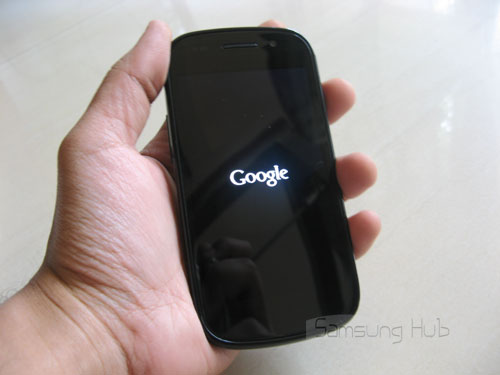
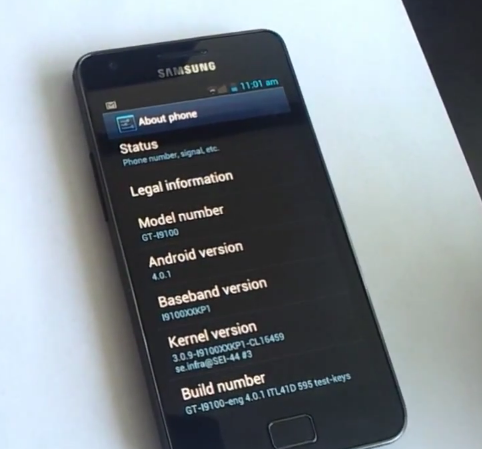
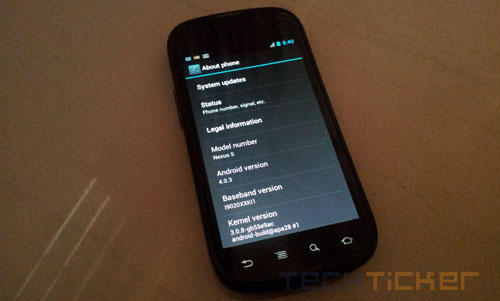




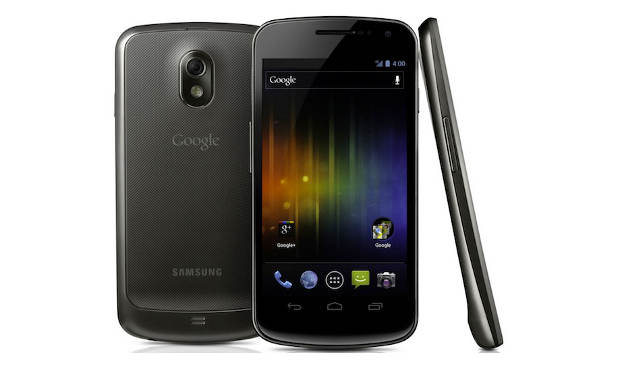
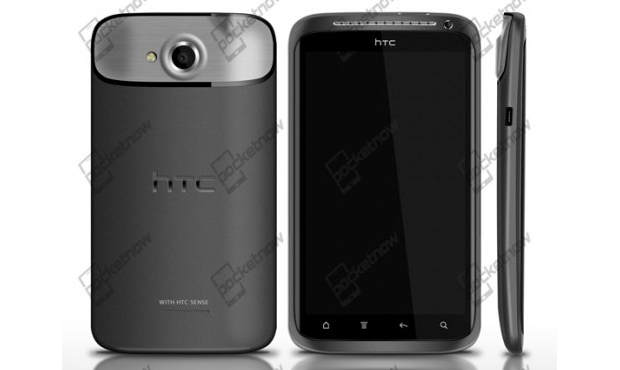
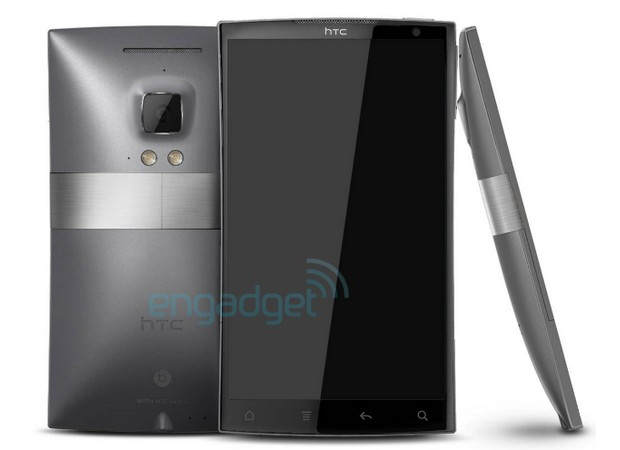

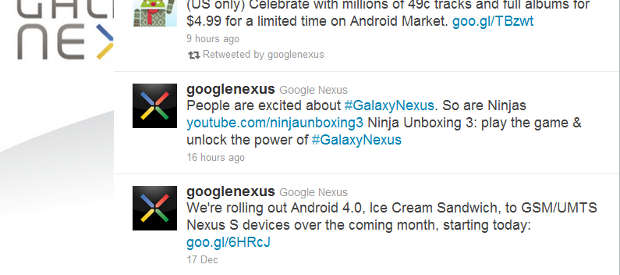









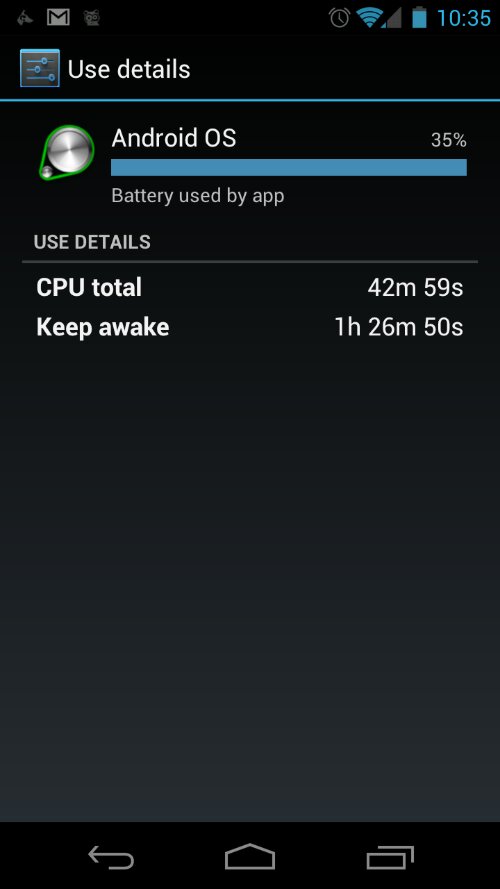






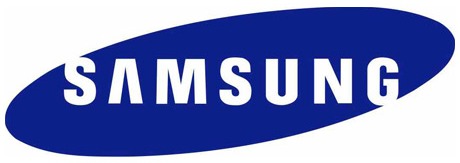
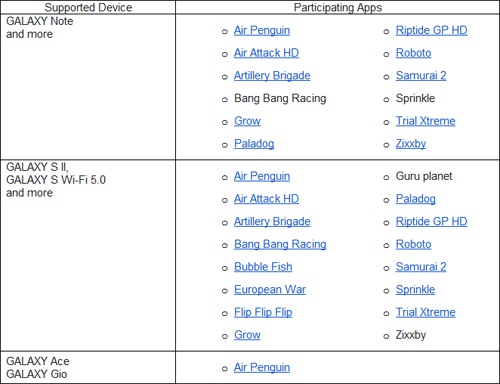
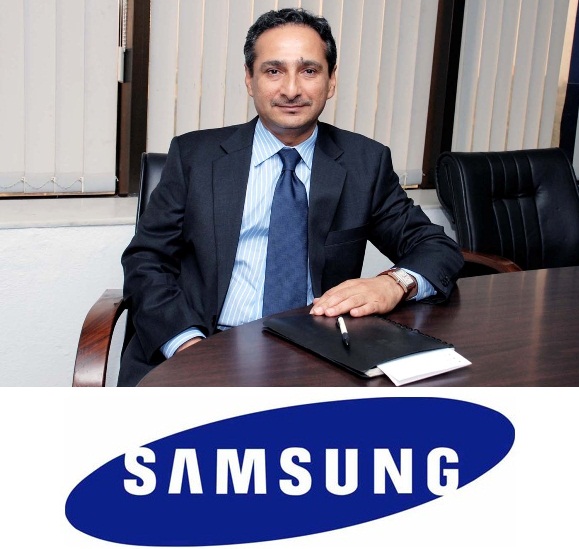
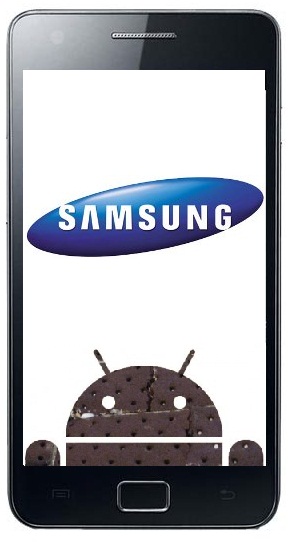 Other manfacturers including Sony and HTC have already announced their plans for ICS and we were wondering where Samsung is going about with the new update.
Other manfacturers including Sony and HTC have already announced their plans for ICS and we were wondering where Samsung is going about with the new update.